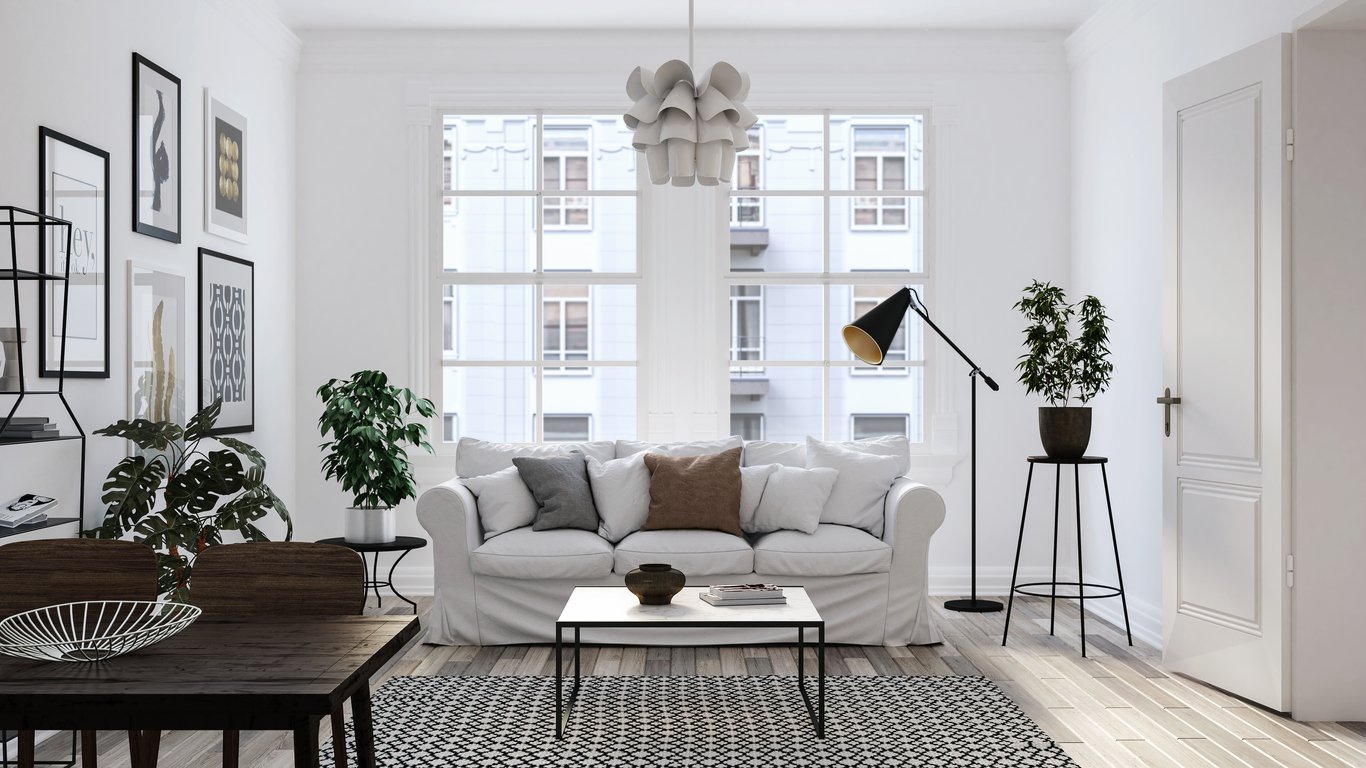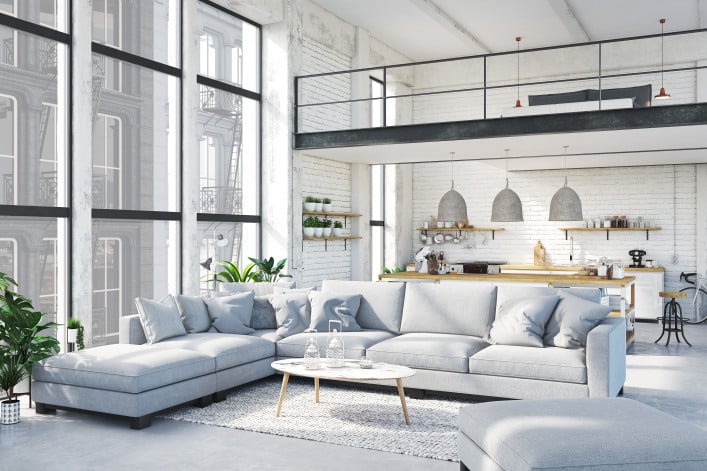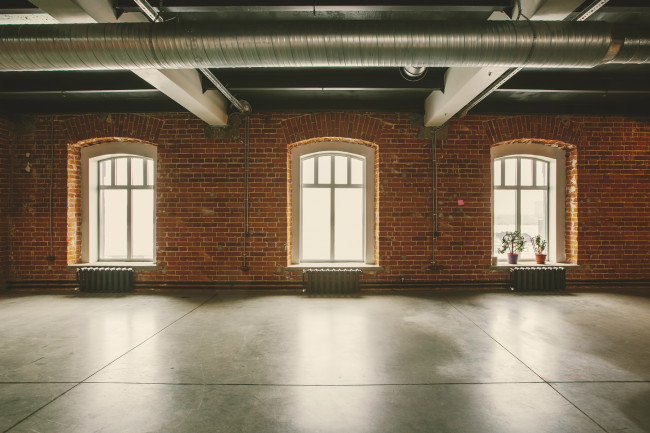Hidden costs and property value bonuses of NYC loft apartments
New York City apartment buyers are drawn to lofts for their character, a precious commodity in a city increasingly crowded with glassy towers.
"There's a collectibility and a uniqueness factor that really appeals to buyers," says Michael Johnson, a broker with Corcoran who has lived in lofts for 20 years.
Lofts make up a small percentage of apartments in New York. Some of the hallmarks of these hard-to-find apartments include high ceilings, exposed brick and rafters, and airy open spaces.
Technically, an apartment is only a "true loft" if it's in a building originally intended for industrial purposes. Artists' re-purposing of these spaces into live-in studio led to 1982's Loft Law, which helped regulate the conversion of formerly commercial buildings into residential ones.
Today lofts have an air of glamour about them, but their age, their distinctive structures, and their previous designations as commercial spaces mean that lofts come with a unique set of needs—and expenses. Here's an idea what to expect if you're planning to purchase a loft.
The Agency's Off-Market Advantage
Looking for the perfect NYC apartment in the perfect building--but haven't seen it yet? Discover off-market properties in your dream neighborhood that suit your needs and budget. Meet and deal with sellers before their home hits the market.


Let The Agency's off-market team give you exclusive access to apartments in your price range and desired neighborhood that no one else has seen. More options, less competition, no bidding wars.
The challenges of lighting and heating huge open spaces
A loft can serve as a blank canvas for a buyer with a particular vision for how she wants to arrange and decorate her space, but open floor plans can also come with some practical hurdles. One issue has to do with lighting.
"People often end up cutting up the room, installing walls or partitions that act like walls," says Marie Bromberg, a broker with Corcoran. "What happens is a lot of times, there are windows on only one side of the apartment, and then you have a hard time getting light from one end to the other."
In these instances, buyers need to factor in additional renovation costs for designs that allow light to travel throughout the loft. And adding windows isn't easy, especially if you're in a co-op with a strict board, or a landmarked building.
Another potential hurdle with a large open space is heating and cooling it.
"Lofts were designed as commercial spaces, so they tend to have higher ceilings," Bromberg says. "Because of that, when you want to warm up a space, it could take some work, and the utility bill may be higher."
The maintenance issues of an older building
Lofts can also come with the more familiar challenges of prewar apartments, which by dint of their age can require some extra TLC.
"The typical loft is, by design, in an older building," says Ian Slater, an agent with Compass. "This can expose you to maintenance issues such as an old building that has settled (read: sloping floors!), older heating systems (read: banging pipes!), or older and bigger windows (read: drafty!)."
You may also need to make updates to infrastructure like the HVAC or electrical systems, which can be expensive. But this isn't necessarily the case across the board, says Johnson: "It really depends on the age of the building and when it was converted."
Also keep in mind potential expenses that come with updating the building, rather than just your own apartment.
"Monthly expenses can be deceivingly low in a lot of lofts as they require little maintenance on the building, but beware when something major comes up like a roof renovation or facade repainting, as the low amount of apartments per building can lead to high assessments per unit," Slater says.
Updating the certificate of occupancy
"Loft buildings are also exposed to certificate of occupancy issues, as a lot of them are former or current artist-in-residence buildings, either with no permanent certificate of occupancy, or stipulating that only artists can live there," Slater says.
The difficulty of changing the certificate of occupancy on a loft that is still zoned as a commercial property was explored by New York Times, which talked to a family that has been working to update the C of O on their loft for eight years.
Loft residents must resolve any building violations and make the necessary renovations to bring the building in line with the housing code before the C of O can be amended, according to the city Loft Board, a potentially long and pricey process.
The benefits of owning a loft
Loft buyers typically are drawn to these spaces despite the potential challenges, because they offer something hard to find elsewhere.
"On the plus side, they're collector's items," Johnson says. "They're not being made anymore."
Rachel Bakchi, a broker with Siderow Residential Group, says that she's worked with a number of clients who are looking exclusively at lofts. One in particular wanted a loft so that he could arrange the space as he wanted.
"There is maybe a bit more expense associated, but at the end the client has exactly what he is looking for in terms of space," she says.
In addition to allowing owners more creative control over the interiors, a loft's unique structure can make it more valuable than more conventional apartments.
"Ceiling height matters—it's part of the premium for prewar over post-war. It also applies to lofts over non-lofts," says Jonathan Miller, president and CEO of real estate appraisal firm Miller Samuel. "In our daily practice, we see loft ceiling height premiums between 5 percent and 10 percent, but the amenity can vary significantly, so do the adjustments."
Beyond that boost, the biggest upside of loft ownership may be the intangible sense of living in a truly singular place.
"No two lofts are ever equal," Johnson says. "That's what people look for."
The Agency's Off-Market Advantage
Looking for the perfect NYC apartment in the perfect building--but haven't seen it yet? Discover off-market properties in your dream neighborhood that suit your needs and budget. Meet and deal with sellers before their home hits the market.


Let The Agency's off-market team give you exclusive access to apartments in your price range and desired neighborhood that no one else has seen. More options, less competition, no bidding wars.
You Might Also Like





























